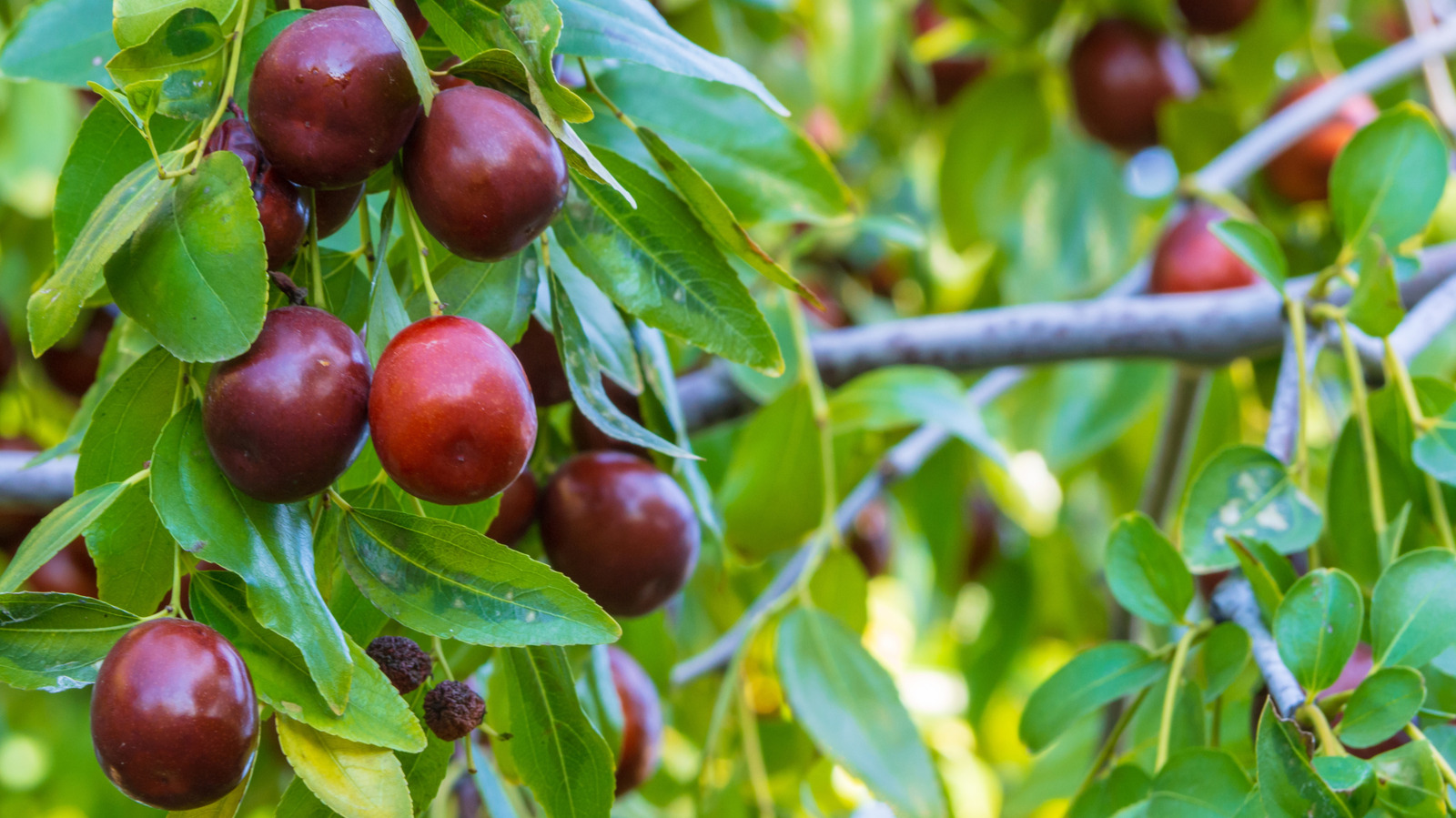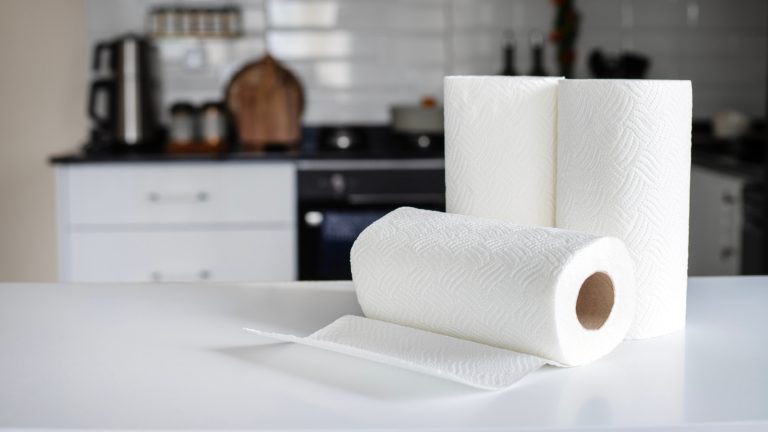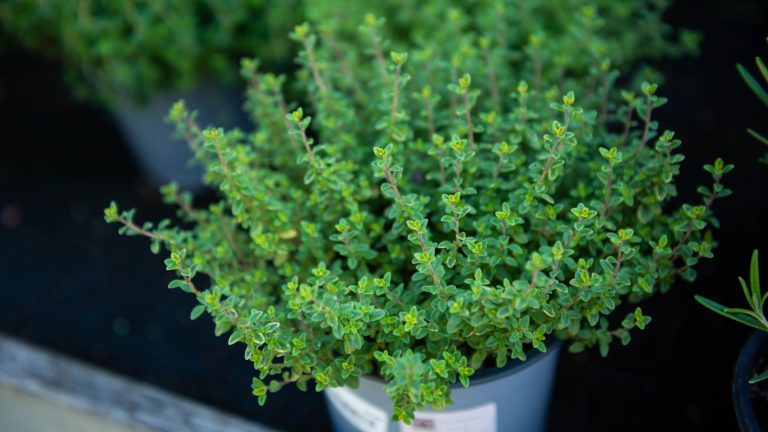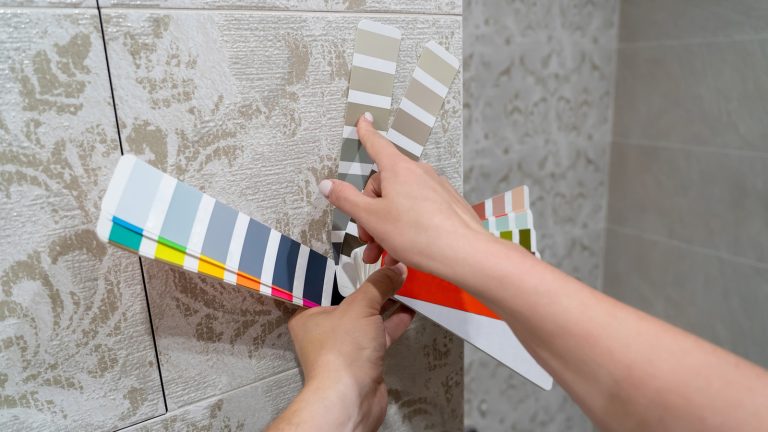
Did you know that the jujube tree (Ziziphus jujuba) ranks among the oldest cultivated fruit-bearing trees? In China, its native land, the domestication of this tree dates back over 7,000 years. Commonly known as the Chinese date, its fruit is enjoyed by more than 1 billion people. If you’re intrigued and wish to cultivate this esteemed tree, or if you’ve already taken the step by planting one in your yard, there are certain tips to enhance its fruit production that you should be aware of. One key tip is that, although the tree is self-pollinating, having two trees can significantly boost the harvest — but it’s crucial to select the right partner.
These trees have a unique characteristic in that their flowering is influenced by temperature and whether they are morning or afternoon blooming varieties. To elaborate, some species or cultivars may have flowers that open and become pollen receptive in the early morning, while pollen production may only occur in the afternoon, ceasing by evening. Other types may produce pollen both in the afternoon and the following morning. Therefore, like some other fast-growing fruit trees you might want to plant in your yard, it’s essential to find at least two compatible cultivars for optimal pollination.
Ways to Increase Jujube Tree Fruit Production
Now that you understand that two jujube trees are better than one for enhancing fruit production, the optimal approach is to pair a morning blooming tree with an afternoon blooming variety. Morning bloomers include cultivars such as ‘Chico’, ‘Globe’, and ‘Lang’, while afternoon bloomers include ‘Li’, ‘Honeyjar’, and ‘Sherwood’. Additionally, remember that these trees require at least six hours of sunlight daily and may take around three to five years from planting to start fruiting. Although jujube trees exhibit significant drought tolerance, providing them with adequate irrigation during flowering can also help boost fruit production, particularly in younger trees.
It’s important to note that these trees bear fruit on new wood, so a bit of formative pruning on young trees can be quite advantageous. Essentially, you should trim back the secondary branches, which then produce new growth from the remaining nodes. These smaller new stems are the ones that will bear fruit, and interestingly, they’ll self-prune by snapping off easily once they’ve finished fruiting. Over the years, these nodes will continue to produce new fruit-bearing branches as they form raised cones. This means that, like another hardy tree that thrives in poor conditions and offers tasty fruit, your jujube will require minimal pruning in later years. Lastly, you might also be interested in exploring a variety of other uncommon fruit trees to grow in your garden.






